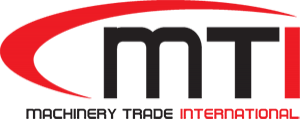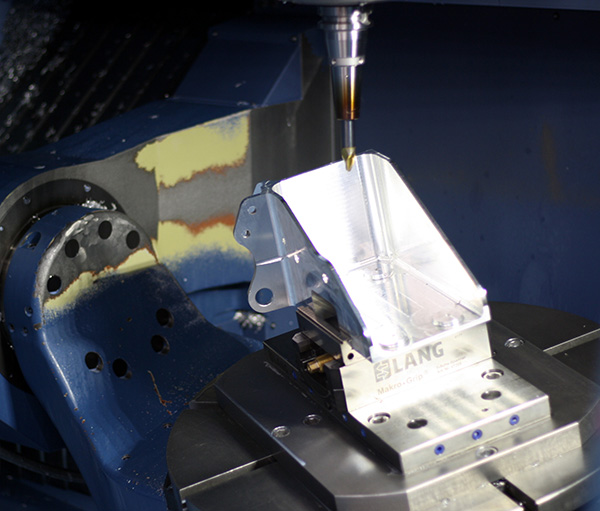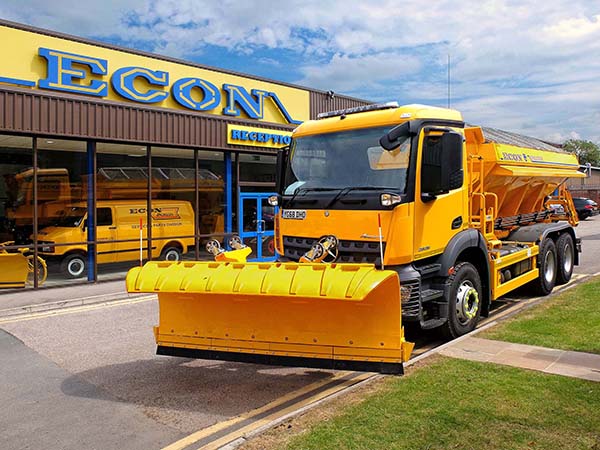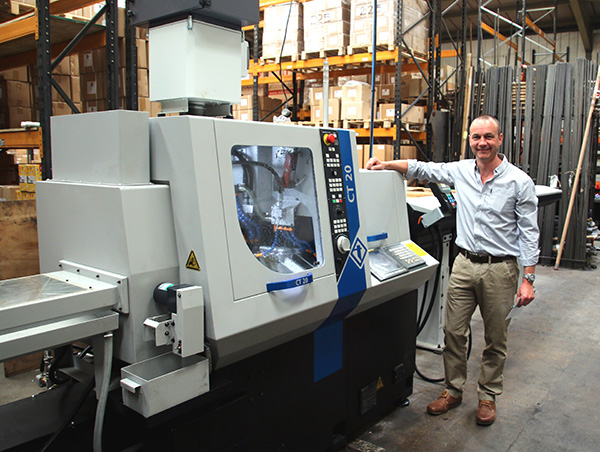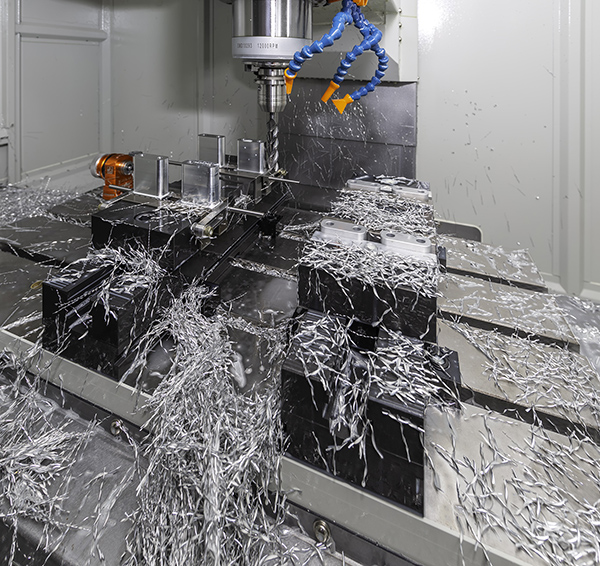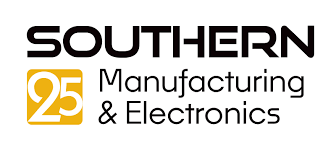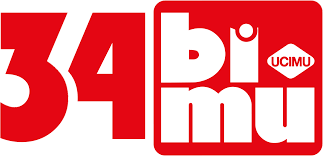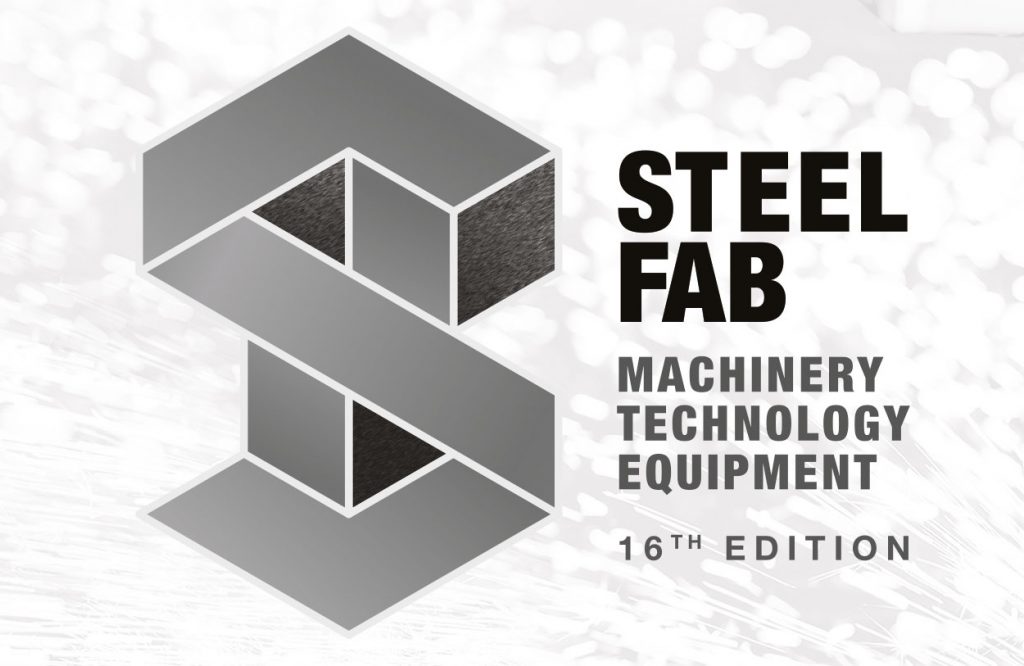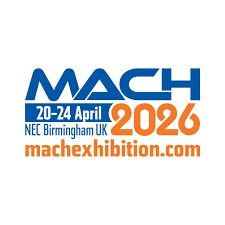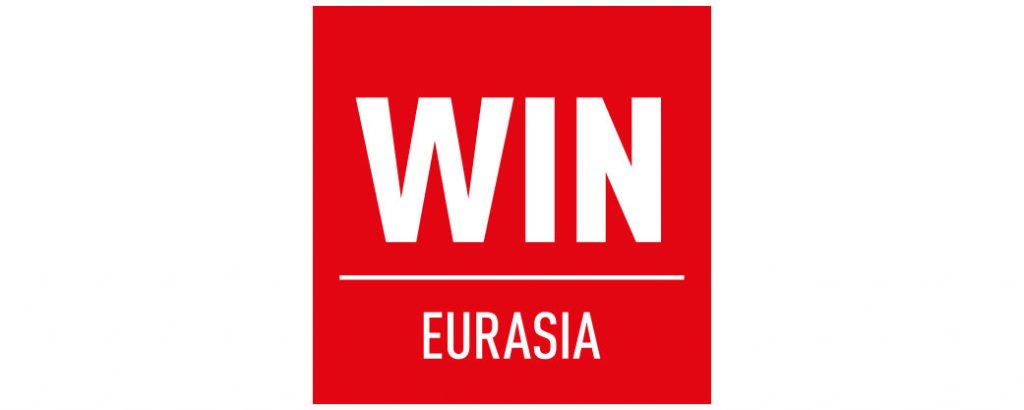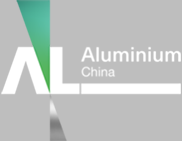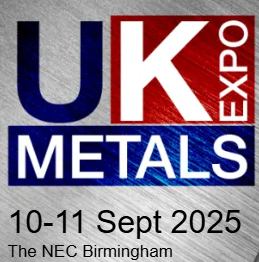A name established from the Japanese term for craftsman or artisan, ‘Takumi’ Precision Engineering has been delivering both craft and artisanship to the shores of Ireland for over 20 years.

The Limerick-based company has invested heavily in recent years with a new factory expansion that has taken floor space to 50,000 sq ft, and over €5m invested in new machine tools and CAM software to further extend its market position on the Emerald Isle.
Takumi Precision is a prominent figure in the medical device, pharmaceutical, aerospace and precision engineering sectors in Ireland. The company manufactures orthopaedic implants and instruments, cardiovascular assembly aids, medical grade rasps, balloon moulds, and delivery system components, as well as aluminium wing and fuselage components for the aero industry, and electrical, electronic, mechanical and optical engineering parts for the precision machining sector.
Down the years, Takumi has invested in turning centres from Tornos, Doosan and Miyano with three- and five-axis machining centres from Doosan, Spinner and, most recently, Matsuura adding to the plant list. One of the company’s core investments has been hyperMILL CAM software from Open Mind Technologies, which was driven by the onset of barrel tool technology, an influx of five-axis machines and challenges with previous CAM systems.
Commenting on the changes at Takumi, managing director Gerry Reynolds says: “Only five years ago, 90% of our work was in the medical industry, with the remaining work being across a number of sectors, including the aerospace market. We had an opportunity to enter the aerospace segment in a more positive way, increasing volumes from 1 to 3-offs, to continuous batches of 10-15-off, on the Airbus A220, previously known as the Bombardier C-Series. We had to invest in five-axis technology to accommodate the ramping-up of this complex aerospace work, so we bought 13 five-axis machines in the past five years.”

The investment has paid dividends, with aerospace work increasing from 5% of turnover to almost 60% in less than five years. However, this success is not to the detriment of the medical business, as Reynolds continues: “Our business has doubled in size over the past three years due to the increased aerospace work, but the medical sector remains crucial to Takumi. Medical components are now 40% of our business; the volume of work has not reduced, it just hasn’t grown at the level of the aerospace work. We now have 87 staff and are targeting a monthly turnover of €1m.
“Around 10 years ago, I didn’t understand CAM and would have argued against it,” he adds. “However, there was a necessity for CAM to run our machines and at the time I called it ‘finger CAM‘, as we were programming at the machine. We progressed to a more comprehensive CAM system and eventually installed eight seats. However, a visit to the AMRC in Sheffield introduced us to Ceratizit’s barrel tools and Open Mind’s hyperMILL CAM system, which changed the game.”
After investing heavily in CAM software, Reynolds was naturally apprehensive at the prospect of changing software again.
“Over the past 5-6 years, we’d spent a lot on CAM packages and what we had, worked relatively well, but there were a few issues with processing speed, occasional crashes and some feature limitations,” he says. “It was the barrel-tool machining features within the hyperMILL MAXX High Performance Strategy that appealed to me, but I wanted my team to take the lead, as they would be the ones using the software.
“The team did their due diligence, taking in hyperMILL demos and then asking our existing CAM vendor if the barrel-tool feature and the mirroring package were available,” adds Reynolds. “Our CAM supplier and other vendors all said ‘it’s on its way’ or ‘it’s in development’ regarding more than just these two features in hyperMILL. That told us all we needed to know about the various vendors in the market, but it told us a lot more about hyperMILL. They are clearly streets ahead of the other CAM developers. We have rapidly moved to hyperMILL; we bought our first seat 18 months ago and now have six seats. Our previous CAM system is currently being phased out.”
Primarily, the reason Takumi Precision invested in hyperMILL was the potential of barrel tools to significantly improve productivity.
Commenting on this capability, Reynolds says: “The hyperMILL MAXX Machining High Performance Package and the respective barrel tools with their innovative geometry allow us to step-down 5 to 10 mm, as opposed to 0.4 to 0.8 mm, when finishing pockets, walls or profiling features. This has instantly reduced finishing cycles by at least 70%, giving us a minimum overall cycle time improvement of 30% on every component.”
However, the benefit is not just the cycle time improvement.

“We’ve historically had a number of staff undertaking finish-polishing of parts to ensure our surface finishes exceed customer expectations,” he says. “Despite the increased speed and step-over rate with hyperMILL MAXX High Performance Machining, the surface finishes are much better than before. This is because the barrel tool has a higher engagement rate that keeps the tool in constant contact with the workpiece.”
Another feature that persuaded Takumi Precision to invest in Open Mind CAM software was the mirroring function, as Reynolds explains: “In the aerospace industry, almost everything is manufactured with a left- and right-hand component. The mirroring feature in hyperMILL is remarkably comprehensive and, with the touch of a button, we’re reducing our programming times on most components by 50%. We have eight programming staff and the mirroring feature in hyperMILL is effectively doubling the productivity of this team.”
Although hyperMILL has reduced cycle times on the shop floor by over 20% and reduced programming times by upwards of 50% in the office, the benefits reach much further.
“Open Mind’s hyperMILL is much faster than previous CAM systems and it handles ‘big data’ much better than we’ve previously witnessed,” states Reynolds. “This has eliminated unforeseen PC crashes and massively improved the reliability, processing and delivery of our data to the
shop floor. Furthermore, Open Mind’s hyperCAD, which is integrated into hyperMILL, is an excellent platform that has eliminated our reliance on CAD packages such as Inventor. We can now expedite jobs through hyperCAD to hyperMILL with ease.”
For further information www.openmind-tech.com
